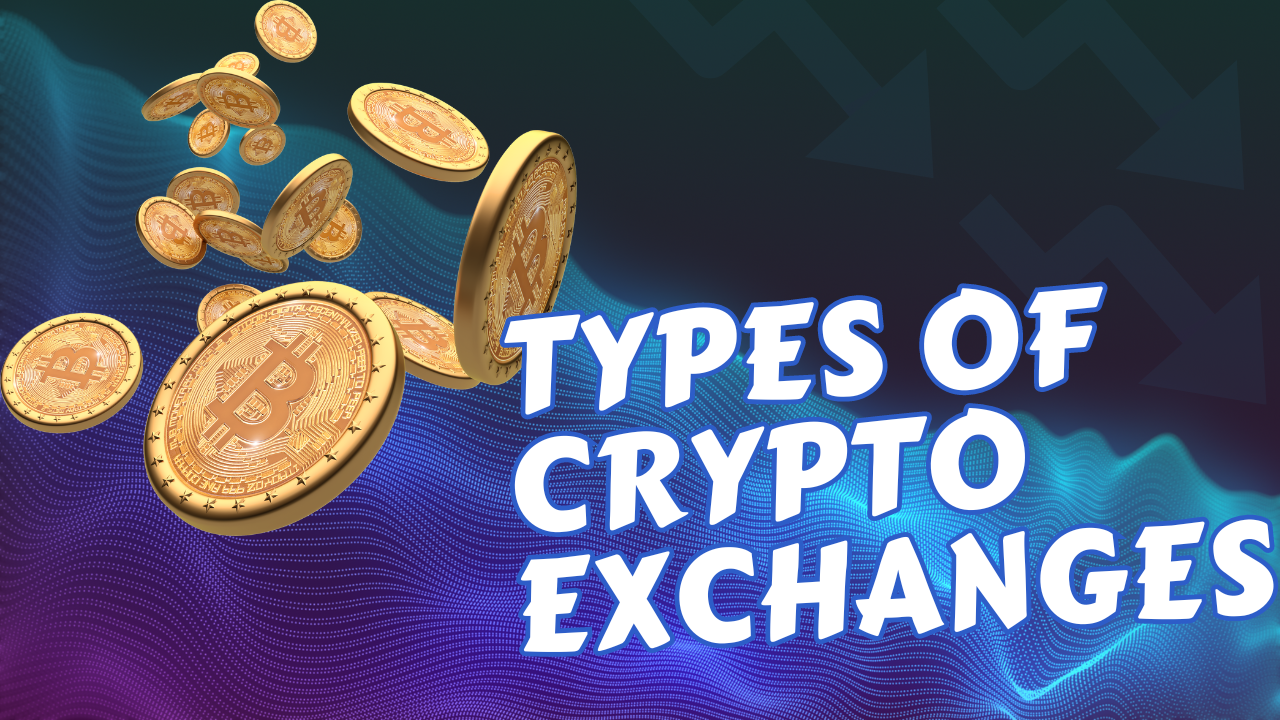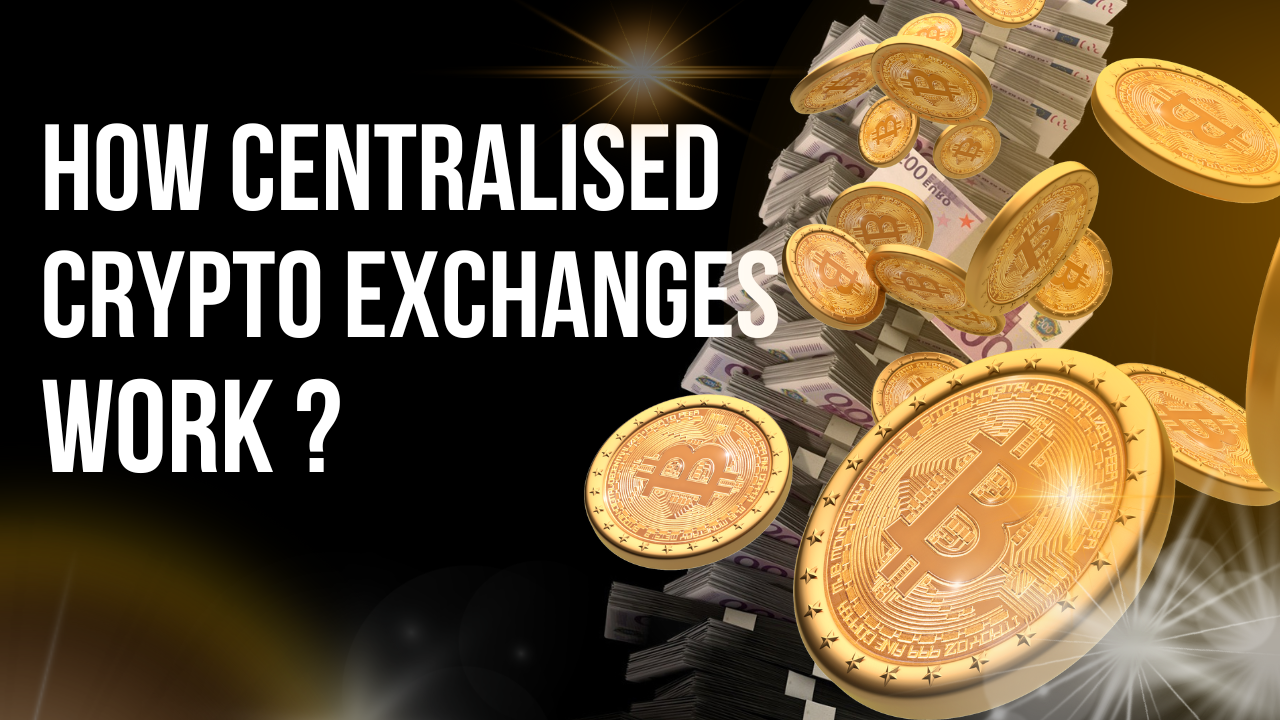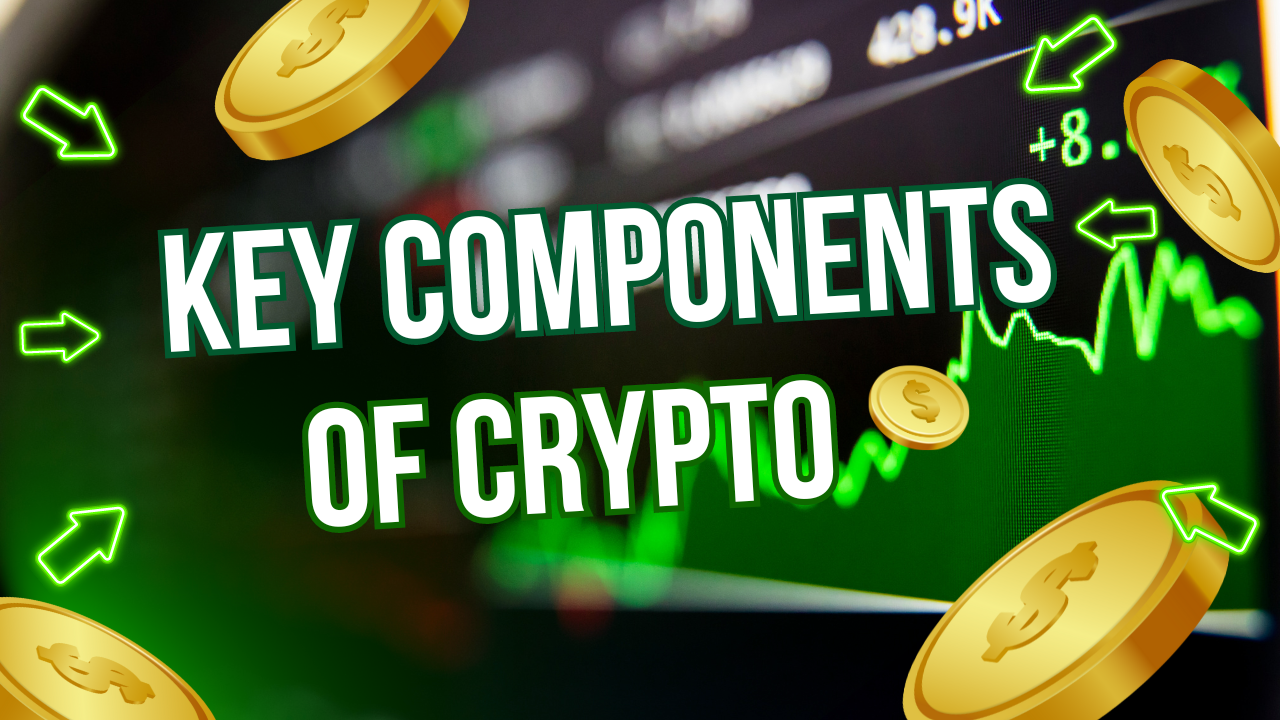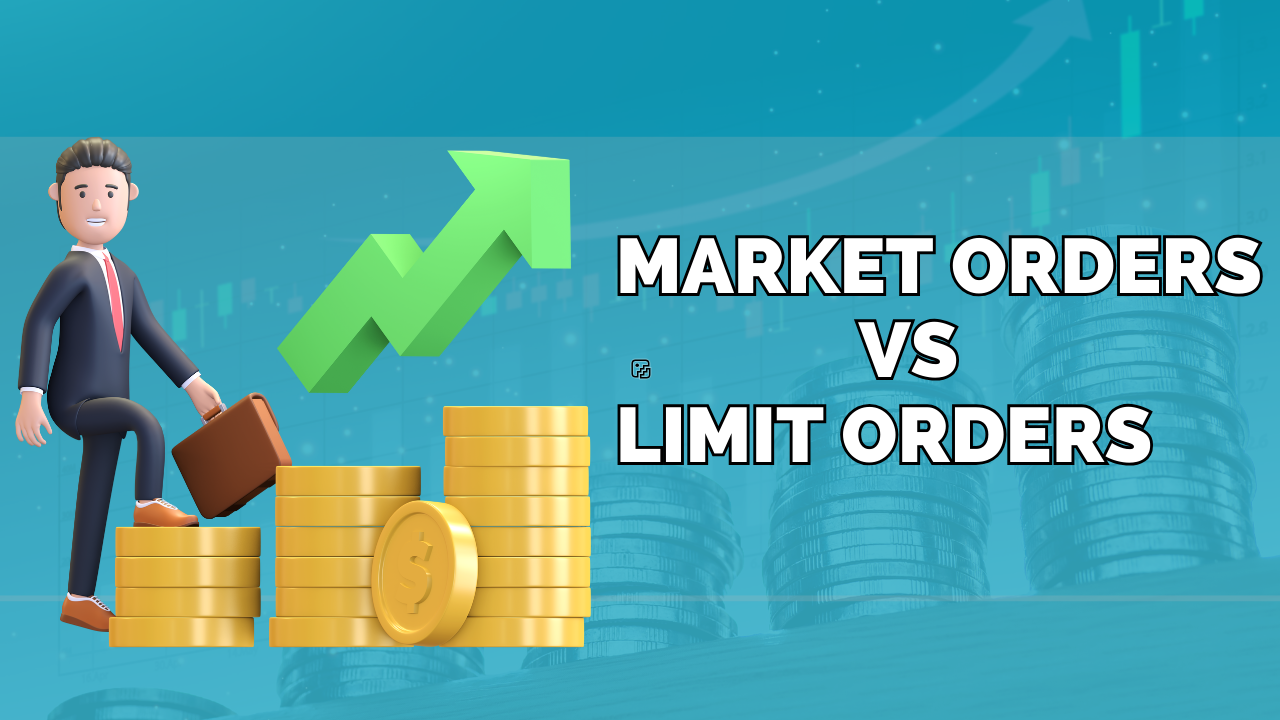Introduction How Crypto Exchange Works
Cryptocurrency exchanges have revolutionised the way we trade and invest in digital assets. But How Crypto Exchange Works, and why are they so important in the digital economy? Let’s dive in and uncover the intricacies of crypto exchanges.
Types of Crypto Exchanges
Centralised Exchanges (CEX)
Centralised exchanges dominate the crypto exchange landscape. They operate like traditional stock exchanges, where a central authority manages the operations.
Key Features
- User-friendly interfaces
- High liquidity
- Extensive trading pairs
Popular Examples
- Binance
- Coinbase
- Kraken
Decentralised Exchanges (DEX)
Decentralised exchanges eliminate the need for a central authority. Instead, they allow peer-to-peer trading through smart contracts.
Key Features
- Increased privacy
- No account needed
- Lower fees
Popular Examples
- Uniswap
- SushiSwap
- PancakeSwap
Hybrid Exchanges
Hybrid exchanges merge the benefits of both CEX and DEX, providing an optimal trading experience.
Key Features
- Enhanced security
- User control over funds
- Competitive fees
Popular Examples
- Binance DEX
- IDEX
How Centralised Crypto Exchanges Work?
Account Creation and Verification
To start trading on a centralised exchange, users must create an account and complete a verification process, often involving KYC (Know Your Customer) protocols.
Depositing Funds
Users can deposit fiat or cryptocurrencies into their exchange wallets, enabling them to start trading.
Trading Process
Users place buy or sell orders, which the exchange matches with corresponding orders in the order book.
Withdrawing Funds
Funds can be withdrawn to personal wallets or bank accounts, depending on the exchange’s policies.
Security Measures
Centralised exchanges employ various security measures, such as two-factor authentication (2FA) and encryption, to protect user assets.
How Decentralised Crypto Exchanges Work?
No Account Needed
Unlike centralised exchanges, DEXs do not require account creation. Users trade directly from their wallets.
Wallet Integration
DEXs integrate with crypto wallets like MetaMask, enabling seamless transactions.
Smart Contracts
Smart contracts automate the trading process, ensuring transparency and security.
Trading Process
Users swap tokens directly, with transactions recorded on the blockchain.
Security Measures
DEXs rely on blockchain technology for security, reducing the risk of hacks and fraud.
Key Components of Crypto Exchanges
Order Book
The order book lists all buy and sell orders for a particular trading pair, providing transparency and liquidity.
Trading Pairs
Trading pairs, such as BTC/ETH, represent the currencies that can be traded against each other.
Liquidity
High liquidity ensures that users can buy and sell assets quickly without significant price changes.
Market Orders vs. Limit Orders
Market Orders are fulfilled instantly at the prevailing market price, while Limit Orders are executed at a predetermined price or better.
Fees and Charges
Exchanges impose fees for trades, withdrawals, and various other services. Understanding these fees is crucial for effective trading.
The Role of Blockchain in Crypto Exchanges
Transparency
Blockchain technology guarantees transparency and public verifiability of all transactions.
Security
The decentralised architecture of blockchain enhances security by removing single points of failure.
Decentralisation
Blockchain enables true decentralisation, allowing users to trade without intermediaries.
Popular Crypto Exchange Platforms
Binance
Known for its extensive range of trading pairs and high liquidity, Finance is a top choice for many traders.
Coinbase
Coinbase offers a user-friendly interface and strong security measures, making it ideal for beginners.
Kraken
Kraken provides advanced trading features and a wide range of cryptocurrencies.
Uniswap
As a leading DEX, Uniswap offers decentralised trading with low fees and high security.
Others
Other notable platforms include Gemini, Bitfinex, and Bittrex.
Regulatory Aspects of Crypto Exchanges
Global Regulations
Crypto exchanges must comply with regulations in different jurisdictions, which can vary widely.
KYC and AML Requirements
Many exchanges implement KYC (Know Your Customer) and AML (Anti-Money Laundering) protocols to comply with legal requirements.
Legal Challenges
Exchanges often face legal challenges related to regulatory compliance and user protection.
Choosing the Right Crypto Exchange
Factors to Consider
- Security
- Fees
- Available trading pairs
- User interface
Comparing Different Exchanges
Evaluate and contrast different exchanges to identify the one that aligns best with your needs.
- User Reviews and Reputation
- Check user reviews and the exchange’s reputation in the crypto community.
Future of Crypto Exchanges
Trends and Innovations
New technologies, such as decentralised finance (DeFi) and layer 2 solutions, are shaping the future of crypto exchanges.
Potential Challenges
Regulatory changes, security threats, and technological advancements pose challenges to the growth of crypto exchanges.
Impact on the Financial Ecosystem
Crypto exchanges are transforming the financial ecosystem, promoting financial inclusion and innovation.
Case Studies
Success Stories
Many exchanges have successfully grown and innovated, such as Binance’s rapid expansion.
Failures and Lessons Learned
Some exchanges have failed due to security breaches or regulatory issues, providing valuable lessons.
Common Mistakes to Avoid When Using Crypto Exchanges
- Security Mistakes
- Not enabling 2FA
- Using weak passwords
- Leaving funds on the exchange
- Trading Mistakes
- FOMO (Fear of Missing Out) trading
- Overleveraging
- Ignoring market research
- Financial Management Mistakes
- Poor risk management
- Failing to diversify investments
- Neglecting tax implications
Tips for Safe Trading on Crypto Exchanges
Best Practices for Security
- Enable 2FA
- Use strong, unique passwords
- Withdraw funds to a personal wallet
- Efficient Trading Strategies
- Research thoroughly
- Set clear goals and limits
- Stay informed about market trends
- Staying Informed
Follow credible news sources and join crypto communities to stay updated.
Conclusion
Crypto exchanges play a pivotal role in the digital economy, providing a platform for buying, selling, and trading cryptocurrencies. By understanding How Crypto Exchange Works and following best practices, you can navigate the crypto world safely and efficiently.
FAQs
1.What is the safest crypto exchange?
The safest crypto exchange varies, but platforms like Coinbase and Binance are known for their robust security measures.
2.How can I begin trading on a cryptocurrency exchange?
Start by creating an account, completing verification, depositing funds, and placing your first trade.
3. Are crypto exchanges legal?
Crypto exchanges are legal in many countries but must comply with local regulations.
4. Can I lose money on a crypto exchange?
Yes, like any investment, trading on crypto exchanges carries risks, and you can lose money.
5.What criteria should I evaluate when selecting a cryptocurrency exchange?
Consider factors like security, fees, available trading pairs, and user reviews when choosing a crypto exchange.




